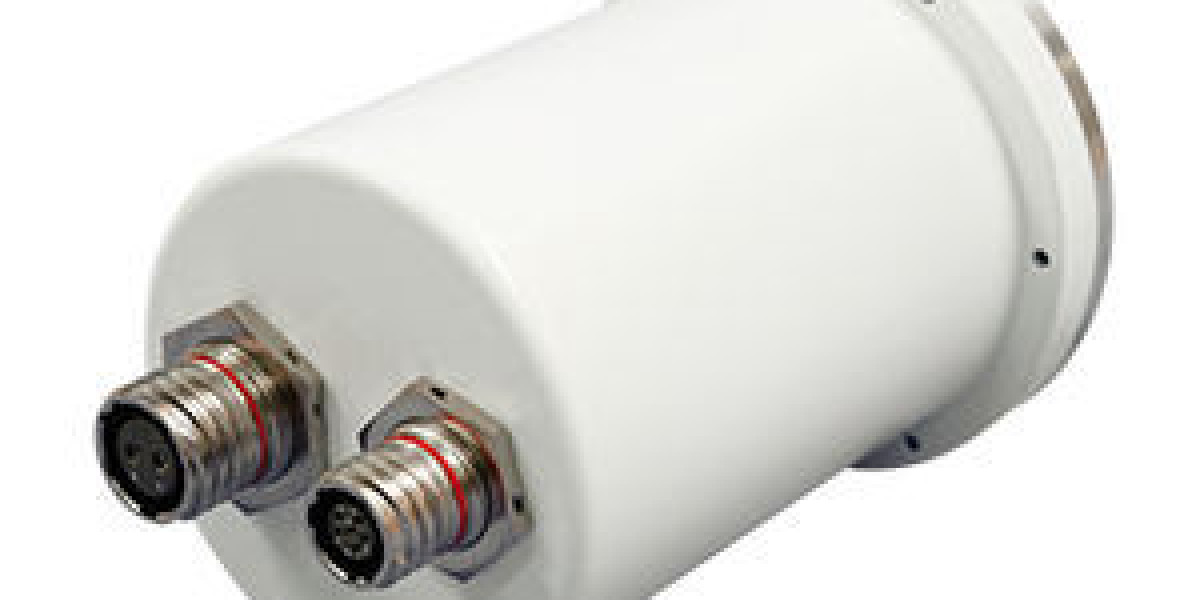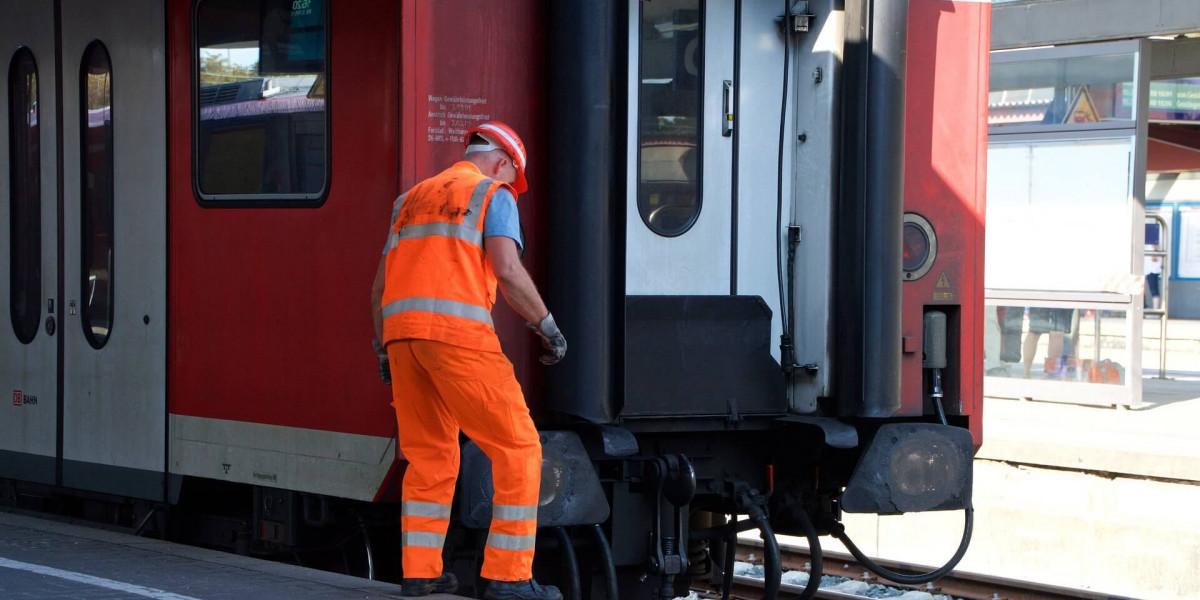The global aircraft actuators market is experiencing a significant transformation, driven by evolving technologies, growing demand for next-generation aircraft, and an increasing focus on fuel efficiency and sustainability. Aircraft actuators, which are essential components used to control various aircraft functions such as flight control surfaces, landing gear, and engine systems, are becoming more advanced, lightweight, and reliable. These trends are opening up new avenues for growth and innovation across the industry.
1. Growth in Commercial Aviation
One of the primary drivers of the aircraft actuators market is the rising demand for commercial air travel. As emerging economies see a growing middle class with greater disposable income, airlines are expanding their fleets to accommodate the increasing number of passengers. This surge is particularly notable in Asia-Pacific and the Middle East, where countries like India, China, and the UAE are heavily investing in aviation infrastructure.
New aircraft purchases to serve these growing markets are fueling demand for actuators. As manufacturers such as Boeing and Airbus ramp up production, suppliers of actuation systems benefit from increased orders, providing a clear opportunity for market expansion.
2. Technological Advancements: Shift to More Electric Aircraft (MEA)
Another major opportunity lies in the aviation industry's move toward More Electric Aircraft (MEA) designs. Traditional hydraulic and pneumatic systems are increasingly being replaced with electric actuators, which offer advantages such as reduced weight, improved energy efficiency, and easier maintenance.
Electromechanical actuators (EMAs), in particular, are gaining traction for applications in flight control, braking systems, and thrust reversers. This shift presents opportunities for companies specializing in electrical actuation technologies and smart systems integration, creating a new competitive landscape.
3. Defense Sector Modernization
Modern military aircraft are becoming more complex, with a growing reliance on automation, stealth, and precision. These aircraft require sophisticated actuation systems for flight control, weapons systems, and surveillance equipment. Countries around the world are investing heavily in defense modernization programs, with a strong focus on upgrading their air fleets.
In addition to fighter jets and transport aircraft, unmanned aerial vehicles (UAVs) represent a rapidly growing segment within defense. UAVs depend heavily on lightweight, compact, and reliable actuators for maneuvering, payload management, and stability. As defense budgets remain strong in many regions, actuator manufacturers have an opportunity to develop and supply advanced systems tailored to military applications.
4. Sustainability and Lightweight Materials
With aviation under pressure to reduce its environmental footprint, manufacturers are prioritizing lightweight materials and efficient systems. Aircraft actuators, traditionally heavy and complex, are undergoing redesigns using composites and additive manufacturing (3D printing) techniques.
The use of advanced materials reduces aircraft weight, leading to better fuel efficiency and lower emissions. Companies that can offer innovative, eco-friendly actuator solutions stand to benefit from regulatory incentives and airline sustainability goals.
5. Aftermarket Services and MRO
The Maintenance, Repair, and Overhaul (MRO) sector is another promising area within the actuators market. Aircraft actuators are subject to wear and tear, requiring regular maintenance and eventual replacement. As the global aircraft fleet ages, especially post-COVID, there is a growing need for reliable aftermarket services.
Third-party MRO providers and OEMs alike are exploring predictive maintenance using IoT and sensor-based technologies. By offering integrated maintenance solutions and real-time diagnostics, companies can tap into long-term service contracts and boost profitability.
6. Urban Air Mobility and eVTOL Aircraft
Emerging air mobility solutions, such as electric vertical takeoff and landing (eVTOL) aircraft and urban air taxis, are creating a brand-new market for compact, high-performance actuators. These aircraft require fast, lightweight, and efficient actuation systems to enable vertical lift, navigation, and flight stability.
Although still in the early stages of development, the urban air mobility (UAM) sector is attracting significant investment from tech giants, startups, and aerospace firms. As these aircraft move closer to commercialization, actuator suppliers have the chance to enter a rapidly expanding, futuristic segment of aviation.
Conclusion
The aircraft actuators market is on the cusp of significant change and opportunity. From commercial and defense aviation to emerging segments like urban air mobility, the demand for smarter, lighter, and more efficient actuation systems is growing rapidly. Companies that can innovate in electromechanical technologies, leverage sustainable materials, and offer robust aftermarket solutions are well-positioned to capitalize on these opportunities.
See More Details : https://www.pristinemarketinsights.com/aircraft-actuators-market-report








